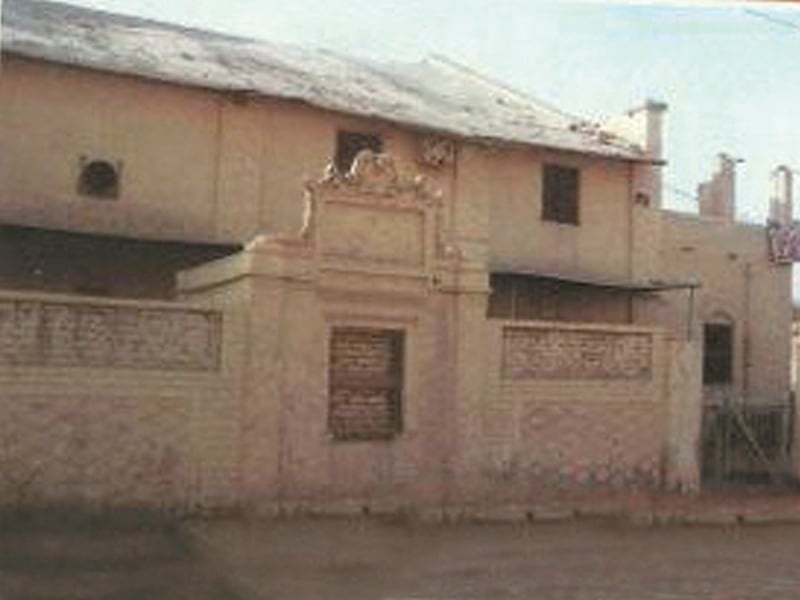
The Express Tribune spoke to her about the project.
The Express Tribune: What was the experience documenting Shikarpur over five years?
Dr Anila Naeem: It has been a very fulfilling experience and my association and interest in the preservation of this amazing historic centre will hopefully not stop here as I am still involved in initiating further research and practical conservation possibilities.
I was lucky to have the support of the well known Soomro family, through architect Hamir Soomro, who generously hosted my team in Shikarpur through all my field visits; and because of this we were well received by the entire community.
The first time I went there in 2007 I did not even have a simple base map of the city, and I had no idea how my team would start with the mapping process.
We were just three people on this first visit - myself and two junior architects Mahesh Kumar and Tahira Shaukat... We didn't have any maps before going to Shikarpur, and once we found them from the city survey office we didn't have the facility to get large photocopies so we just worked on hundreds of small A3-sized photocopies and joined the pieces like a big jigsaw puzzle.
We were literally going crazy working in the field from 9am and returning to our rest house by late afternoon. After a small break and lunch we would sit with our heads together to properly catalogue the day’s work, sometimes working till after midnight, so that it did not get mixed up with the fresh new lot the next day. For almost 20 to 25 days we strictly followed this routine and thus got our first documentation of the entire city. Coming back digitising and putting it all together in proper format took many more months.
The task of the field team during our two visits in 2010-11 was comparatively easier as we had the draft document in hand and were revisiting the places and updating our data for the purpose of this publication. And this time the task was achieved within a week’s time, with support of yet another dedicated team of five, including architects and photographers (Tania Soomro, Wajeeha Laiq, Irfan Ali Syed, Mohammad Ali Qadri and myself). There has been involvement of other support staff and students from the Department of Architecture, NED University, throughout the process of producing the manuscript for this publication.
The materialisation of this work in the form of a proper publication is of course due to the support extended by the Sindh Endowment Fund Trust, and I am very grateful to them for having found this work as worthy for sponsorship and publication.
ET: Did you feel like giving up at any point?
AN: Yes, there were brief moments when fatigue completely overtook, and I started to question why I was putting myself and all the others under so much pressure. But [then there was] the enthusiasm and spark of hope I saw in the eyes of the residents of Shikarpur when they noticed us working the whole day in the streets. This didn't let me give up.
ET: We can only assume it was painful to go back and see yet another building demolished.
AN: Indeed, that has been the most depressing part. All these years I have been receiving calls from residents giving information that this or that property was about to be demolished or was being demolished. I asked what could I do about it? [I said] they should talk to the culture department or their DCO. And I would be really upset for several days whenever I any such news. Quite a few of my favourites are now gone, even though the city has been declared protected heritage since 1998.
ET: Can you shed light on why and who has been demolishing the old buildings?
AN: It’s primarily the mafia of antique dealers. The elements of demolished buildings are reused in 'elite' sponsored residential and commercial establishments in Karachi and other big cities, and are also exported. The recent increase in this practice has raised the market value and demand for these elements and thus the owners’ greed to make a quick buck.
I have seen cases where the structure remains but the facade has been shorn of its decorative features. And I really don't blame the residents/owners who quite often belong to lower income brackets and having no other economic prospects left in their city. Many of them actually do this out of desperation - and do not realise that this is cheap exploitation of their and their city's assets.
ET: Karachi has a land mafia, but we weren’t sure if Shikarpur had the same problem?
AN: The developer mafia, as it operates in Karachi, is definitely not there in Shikarpur. But it is a different kind of mafia that knows the antique value of these historic elements. And thus for their personal profit and gain they are ripping the city of its inherited legacy. And these are influential people at key government posts, or those with politically strong links. Thus no one dares take any action against them.
ET: In Karachi, the owners of heritage buildings often argue that the building is unsafe and thus a financial loss for them to maintain.
AN: Quite often that is the case and the materials or techniques of historic construction are now redundant; it is often not possible to find the craftsmen who have the knowledge to undertake repairs. But most of the time the premise of unsafe structures actually does not have much base.
The root cause for historic buildings becoming desolate is that their occupants do not undertake regular maintenance, and even those who want to do it do not have the technical or financial resources.
To support and sustain restoration or preservation initiatives incentives need to be developed for these property owners and parallel to it a strict monitoring system needs to be implemented for protected heritage properties.
Across the globe it is an accepted and proven fact that heritage assets are a prime source of economic gain and benefit for resident communities - if properly managed. But this can be achieved only if the objective of heritage management in historic towns is incorporated into mainstream policy making and the development planning process and places of historic significance are given their due importance.
ET: What are solutions to preserving heritage given the pressure or need for new housing in cities like Shikarpur?
AN: In cities like Shikarpur the primary reason for decline is the lack of investment for economic development, both from private and public sectors. The objective of heritage preservation cannot be achieved by one-sided efforts of individuals or the government. And converting everything into a museum is definitely not a solution, especially in light of our constrained national economy.
The solution lies in developing economically viable self-sustained activities that benefit the community. There is a need to encourage participatory involvement which includes all stakeholders: the resident community, the provincial government establishments dealing with heritage and the city level administration. Unless all of them work together for an identified goal things cannot turn in favour of historic areas and their custodians.
Historic cities like Shikarpur are living urban centres and thus there is no debate on their need for development and growth. What is required is to strike a balance where the old is respected for its intrinsic value and the new adds and compliments it, leaving the city proud of all its layers of history and development.
This is not an easy task, but it is also not impossible and requires a will which is unfortunately nonexistent in our establishment.


















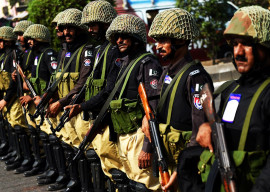

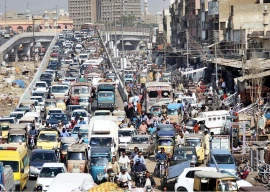
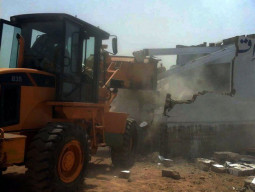
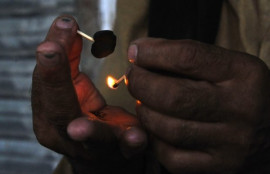















COMMENTS
Comments are moderated and generally will be posted if they are on-topic and not abusive.
For more information, please see our Comments FAQ